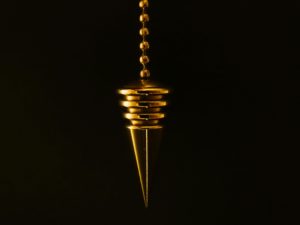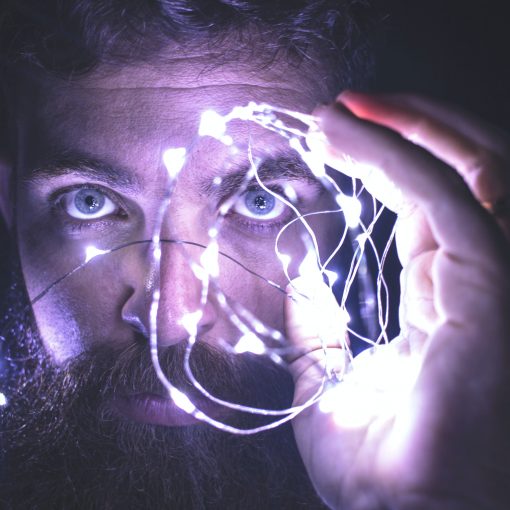We are all seeking harmony
In 1656 Christiaan Huygens invented the pendulum clock. In this electrical and digital age we easily forget how important this was. A means by which the clock's mechanism will keep itself working. And as such means by which we were able to mechanically measure the passing of time.
I spent this morning in the presence of a group of dowsers, working on detecting energetic disruptions around objects as they are brought together and it reminded me of a story about Huygens. Amongst his other achievements Huygens accidentally discovered something that science now recognises as entrainment.
Huygens was going to be away from his clocks for a few days, and so he set about setting all the pendulums swinging before his departure. The interesting discovery here occurred on his return. On his return he discovered that the clock's pendulum had synchronised their swings.
Left to its own devices nature seeks harmony. The pendulums each swinging on their own time was un-harmonious. Enter entrainment. Slowly ease was created from the dis-ease as the swings of the pendulum came into balance. In the previous state of dis-ease each clock required a maximum use of energy to maintain its rhythm, coming into synchronization eased this and the energetic demand was reduced.
In harmony there is ease, when that harmony is disturbed then there is dis-ease. Or yes, as we might refer to it today, there is disease. As Einstein put it "everything vibrates." The universe seeks to harmonise the disruptions in vibration as with Huygens' clocks, or in other words it creates ease where there was dis-ease.
Watching a few people experimenting with the energetic disruption that occurs when bodies come together (and I do not just mean human bodies), I started to think about entrainment. The initial discomfort, but then the slow dissipating of dis-ease as the vibrations of those bodies entrained.
Think how we can feel uncomfortable when we first meet someone, but then how that slowly subsides as we engage with them, or find common interests, or just slowly engage with them as "safe" to be with.
It was like watching entropy in action. The energetic disruption in the system slowly calming itself. The third law of thermodynamics playing out as a social interaction. The unnecessary expense of energy slowly letting itself go. As embodiment expert Paul Linden would have it, quite literally an "embodied peace-making" in action.
The idea of energetic healing also ties in to this for me.

Our disease is the persistence of energetic dis-ease in our systems. Some might more commonly all it stress. Our bodies might seek to return to the calmness of harmony, yet something is persisting that perturbs the system. Behind the scenes there is always the parasympathetic, there to regulate arousal of the sympathetic. Natural balance. We need to engage it. To draw in it's balance.
Our stress is like the disharmony in Huygens' clocks. An unbalanced expense of energy. A state that works against a nature that seeks to return to stillness.
Yet we are very good at holding on to that state of dis-ease and this can manifest in illness, aka disease.
Think of our physical and mental wellbeing as the clocks in Christiaan Huygens always seeking to find that place of harmony where there is a natural conserving of energy. Our parasympathetic is waiting to do its job. But how often do we hold onto that suffering, keep prodding the firey beast of our angers and anxieties.
If we could but get out of our own way then nature will do it's job for us. Nature will find the balance, and it that balance a healing stillness exists.




